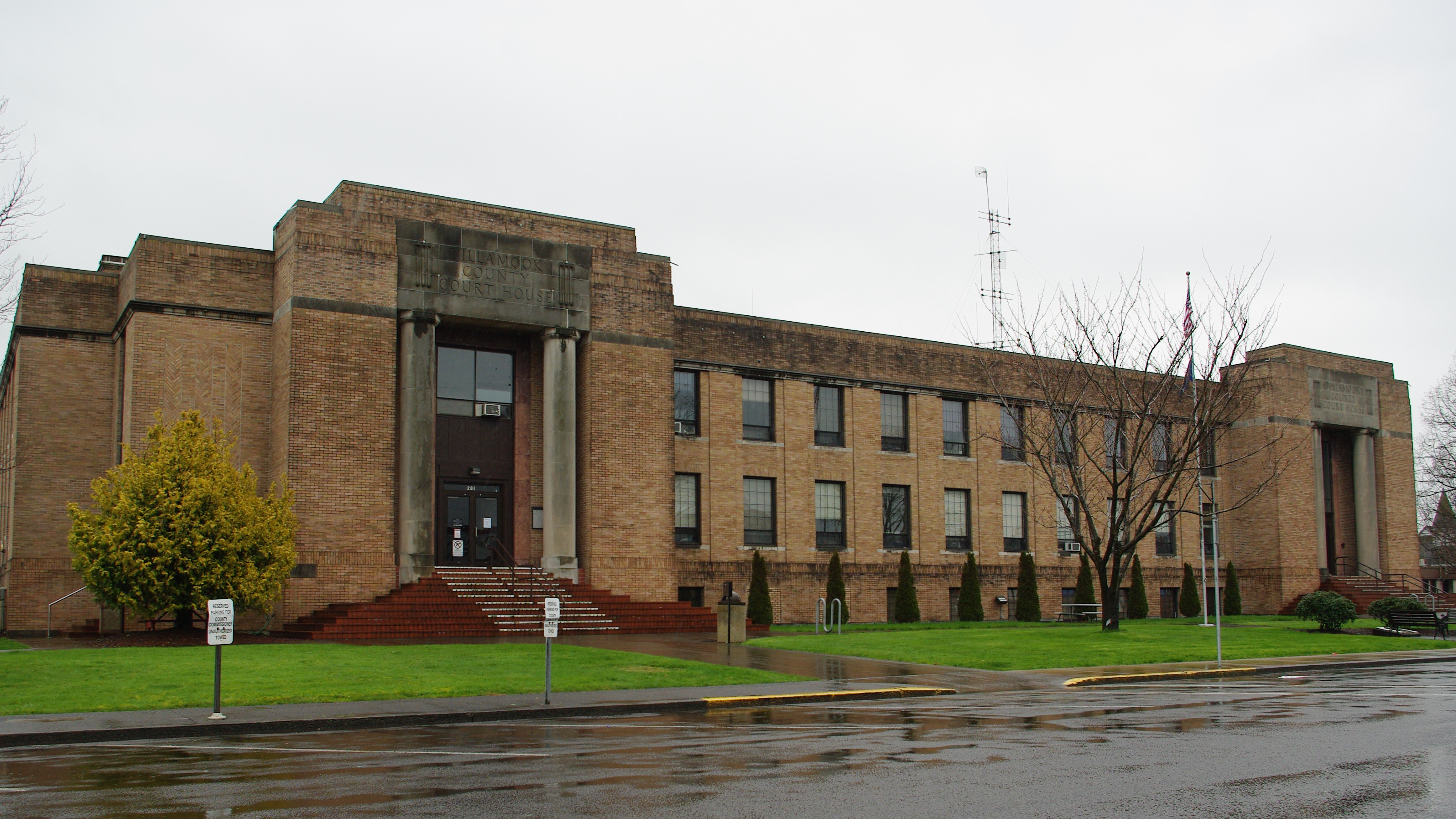The biennial Court Facilities Task Force, a collaboration between AOC and the Oregon Judicial Department (OJD) to evaluate and prioritize courthouse improvements and replacements, kicks off in January. Funding requests for projects recommended by the task force will be included in OJD’s 2025 legislative budget proposal, which must be submitted by April 2024.
County officials, commissioners, judges, or chairs representing counties that may want help with courthouse projects in the next few years are strongly encouraged to participate in the task force process. AOC is also actively seeking volunteers to serve as members of the task force. Please reach out to mburdick@oregoncounties.org if you are interested in serving.
A kickoff meeting will be held on Tuesday, Jan. 2. OJD staff will provide background information about the task force, review the status of projects that were prioritized last cycle, and answer your questions.
AOC-OJD Court Facility Task Force Kickoff Meeting
Tuesday, Jan. 2, 2024, 10 a.m. to 2 p.m.
AOC Hood Conference Room (2nd Floor)
1212 Court St NE, Salem Oregon
Or attend virtually: https://meet.google.com/hhj-yfbd-dtr
Or dial: (US) +1 209-862-8182 PIN: 891 906 660#
Two additional task force meetings are planned:
- Thursday, Feb. 1, 10 a.m. to 2 p.m. | Task force reviews county presentations summarizing their proposals, and counties get help identifying any missing information
- Wednesday, March 13, 10 a.m. to 2 p.m. | Final deliberation and prioritization
Counties are understood to be responsible for providing “suitable and sufficient” space for the state circuit court system to operate, as well as maintaining the space and providing security, per ORS 1.185. However, providing space to the state circuit court system is tremendously expensive, and most counties face major challenges upholding their responsibility to keep these buildings in safe conditions, as well as addressing the circuit courts’ growing need for space as populations increase. Many court buildings have historic importance, and their preservation and upkeep are especially expensive. As seismic risk has become better understood and standards have been updated, improvement needs and costs have ballooned even higher.
After the state pre-empted local control over county property tax revenue in the 1990s and strictly limited it via Measure 5 and Measure 50, it has become increasingly impossible for most counties to maintain service levels across all sorts of programs, and court buildings throughout Oregon have become increasingly problematic. The Oregon State Bar highlighted the deteriorating condition of Oregon’s courthouses in a 2006 report, and since then the state legislature has developed some mechanisms to address counties’ challenges with these costs. Grants and matching funds are typically provided every biennium, when the legislature meets in its “long session.” But the needs far outstrip the amount of funding available each session. The task force represents a partnership between OJD and AOC to try to focus limited available state assistance funds on projects that have the most critical need.
The task force began in 2014, when Chief Justice Thomas Balmer asked AOC to conduct outreach to counties and find out about their courthouse improvement and replacement needs, review those requests, and provide him with recommendations about which projects should be prioritized for funding from the legislature. In response, AOC established the Court Facilities Task Force in partnership with OJD, and the partnership has persisted ever since. The process helps prevent counties from lobbying against one another for the same money, so it helps counties work together toward a common purpose.
Some might wonder why providing space to the state’s court system is the responsibility of counties. The arrangement is a vestige of times long past. Before Oregon became a state, counties managed a multitude of functions, including judicial ones, which the state later took over. Benton County built a courthouse in 1854, five years before statehood. Oregon’s judicial system has seen many reforms since then; the last major reforms were enacted in 1981. Until a more thorough solution is available, AOC will continue working with OJD to help the legislature understand the state circuit court’s unmet needs when it comes to safe, suitable buildings, and help counties in their efforts to get those needs met.
Contributed by: Michael Burdick | AOC legislative affairs manager
